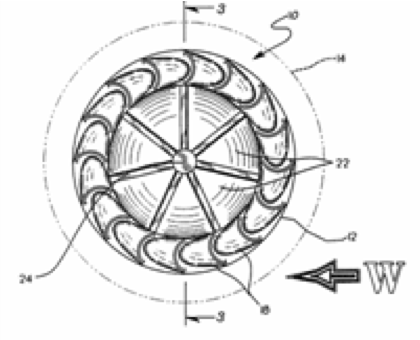Patent search
After inventing, most inventors’ first reaction is to call a patent attorney. A year or so later, after incurring substantial patenting costs, they often regret not conducting a novelty search first.
Why conduct a patent search?
- to identify the novel aspects of your invention, and ensure that you focus your time, effort and resources on aspects that are worthwhile and patentable;
- to awaken you to alternatives not previously considered;
- to identify other patents that may inhibit commercialization of your invention; and
- to reduce the probability of effecting expensive amendments to your patent down the road.
In short, searches improve your patent and reduce your patent costs, or expose your invention as not being patentable.
The unsurprising truth is that if you do not conduct a search yourself, or instruct your patent attorney to conduct a search on your behalf, no search will be conducted. True, you will most probably receive a search report from a foreign patent office in about 18 months’ time after incurring more than R44,000 in patent costs. However, the same results that would have proved constructive prior to filing the patent are at this stage anticipated with fear – necessitating expensive amendments to the patent or, in extreme instances, abandonment of the patent.
IdeaNav has developed a comprehensive Search Manual.
To illustrate the power of searching, let’s turn to a “chestnut”:
- airplane tyres or wheels with fins to pre-rotate the wheels prior to landing; and
At first, this idea appears exciting. And, one’s gut feel is that, if previously invented, it should be available commercially. However, results from the following search query interrogating the USPTO database quickly dispel any expectations of securing a valid patent:
Aeroplane fins:
ttl/(airplane or aeroplane or aircraft or airborne) and abst/((tyre or tire or wheel) and (rotat$ or spin$ or turn$) and wind) and landing

Searching principles for the uspto.gov website are relatively straight forward. Devise a search string by selecting words that you expect in: the title (ttl/); the short summary of the invention / abstract (abst/); and the body of the patent specification (without any prefix). Once a “ballpark” patent is found, see the patents that it refers to (i.e related earlier patents) by going to the “references cited” section of the patent; and the patents that refer to it (i.e. related subsequent patents) by either clicking the “referenced by” link or inputting ref/(patent number) in the search query field.
The exercise should take a few hours and yield a volume of documents that will keep you entertained for days.
See more tips.
